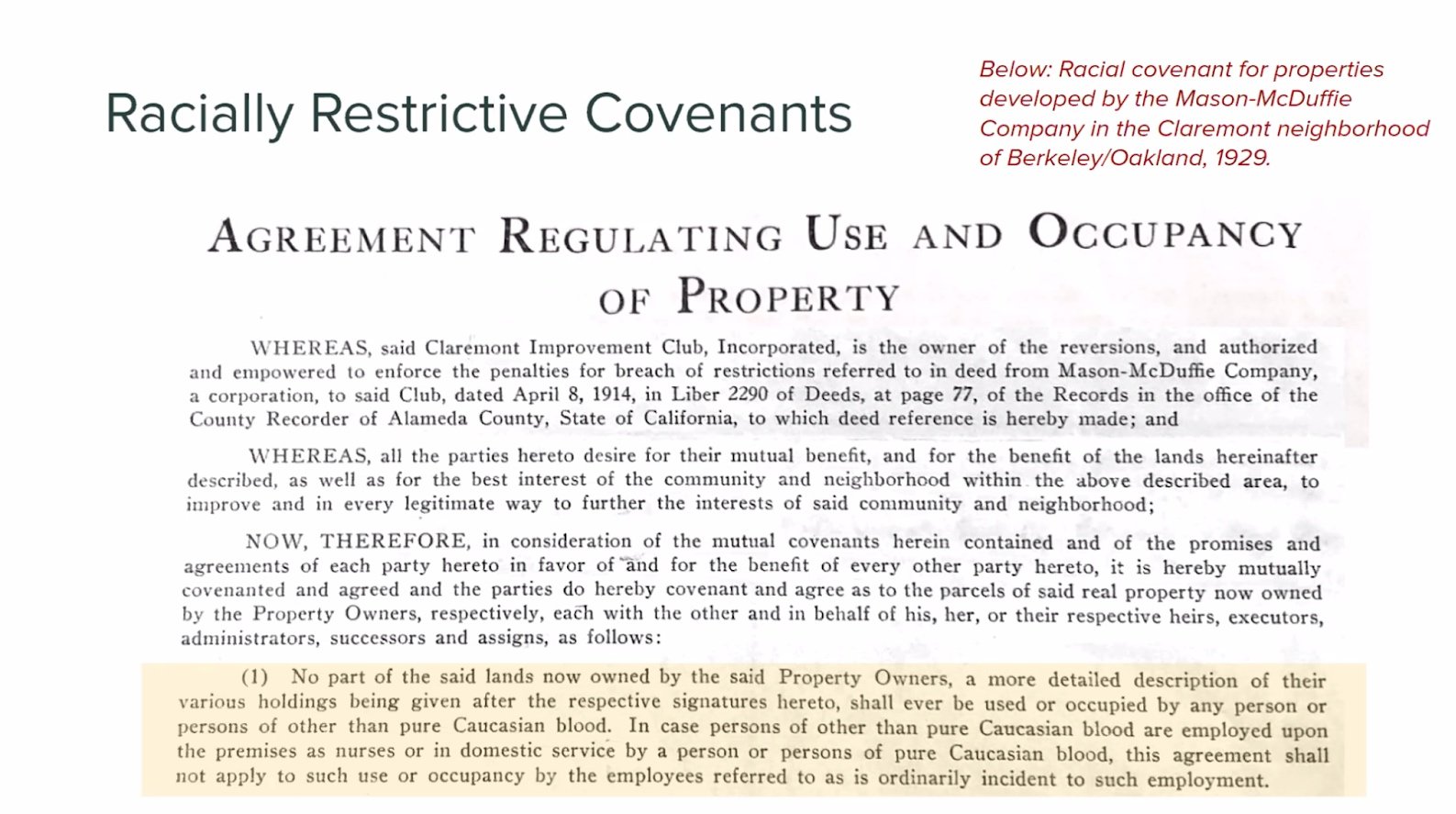Reporting on The State of Black Housing in Sonoma County
“We need to have an honest conversation as a prerequisite to justice. As Native Americans along with Black and African American communities represent the highest disproportional homelessness rates in Sonoma County, there must be indigenous voices and leadership at the table as we seek solutions to generational disenfranchisement and marginalization.”
Sonoma Valley Collaborative staff attended The State of Black Housing in Sonoma County event on March 14, 2022, hosted by the Sonoma County chapter of the NAACP in partnership with the Sonoma County Black Forum.
The panel discussed the history of exclusionary housing practices in Sonoma County and the Bay Area, how this history is connected to reduced health outcomes and disproportionate homelessness among Black residents, and local initiatives closing the housing gap and creating generational wealth for Black people in Sonoma County.
Here's a summary of what we learned:
Black renters face the highest housing burden in the County at 68%.
The average Black household in Sonoma County has 1/10th the net worth as White households.
Black Sonoma County residents have a shorter life expectancy by 10 years than White residents. It is undeniable that there is a correlation between housing security and health outcomes.
Following data from report published by UC Berkeley in 2019, Roots, Race & Place under The Othering & Belonging Institute (OBI).
Entanglement of tactics made exclusion effective. All start with different forms of violence that have changed over time, starting with colonization, more recently taking land under eminent domain and policing has been used to contain people of color to certain neighborhoods.
There are recent examples of race-motivated violence towards Black households in Sonoma County.
Explicitly discriminatory language still exists on some deeds though they are no longer enforceable. That no Black or Asian people could own or lease land was advertised as part of the “desirability” of areas in the past.
See the conflation of property values and race more recently, also exclusionary zoning as a less ideological way of segregation.
Specifically in Sonoma County, the “code of ethics” was enforced in various ways, set by the real estate industry.
Recent study shows 1/4th Blacks experienced discrimination, higher prices. According to speaker, rooted in vested interest in protecting property values, and property values being a primary source of wealth. Racist notions of race, crime, why people end up homeless, othering.
Attempts to use zoning to segregate based on race happened but is now illegal, but jurisdictions still find a way to do this without explicitly referring to race, relying on separation of single-family zoning with multi-family zoning and AF (which is mostly multi-family).
Zoning is not written in stone, it can be changed.
There is a connection between access and representation in the County’s power structure with what decisions are being made. There is a lot of overlap between elected office, real estate, other decision making bodies. Real estate is one of the most powerful lobbies in California.
Municipal fragmentation is when areas split off and become their own cities, become independent of other cities they might want to exclude. Most advantaged places are placed outside of cities.
There is extensive documentation of racially discriminatory covenants on the deeds of houses in Sonoma County, including Sonoma Valley. It is important to understand and discuss all of this as we go about deciding the number of units and types of housing we need in Sonoma County.
Appraisal discrimination has been rampant for years and still persists–Black people who have managed to build wealth through their housing: when appraisers see pictures of Black families on the walls they appraise for less value than when those pictures are replaced with white families.
Have linked together health data, mental health, criminal justice, drug use, human services, housing to see who was a high utilizer across systems. Trying to figure out how to address those populations differently, aiming to increase collaboration across service providers. Group of high-users were 3x as likely to identify as Black. 66% more likely to have contact with criminal justice system, 20% more jail bookings, spent 12 more days in jail, 2 weeks more on probation as compared to the average utilizer. Stark differences in mental health diagnoses.
In addition to these problems, have had trouble getting this data seen by public. African Americans were seen as “statically insignificant” in 2019 Portrait of Sonoma County, pushed to be recognized as a group in the 2021 report.
The 2021 Portrait of Sonoma County brought forward statistical data on the Black community for the first time, illustrating the disparities that exist for Black residents. Now that the data has been revealed, it is clear that existing wealth gaps must urgently be addressed to create pathways to homeownership and improve life outcomes for Black residents.






